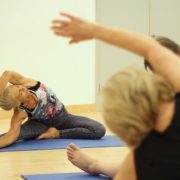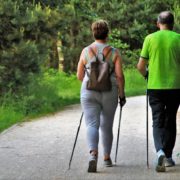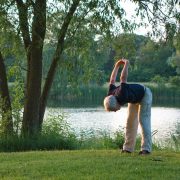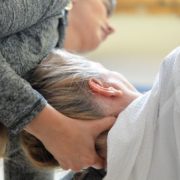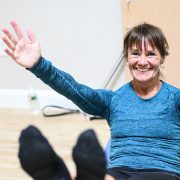Failed Back Surgery Syndrome. What you need to know.
Failed Back Surgery Syndrome. What you need to know.
I was recently doing some research on how often back surgery fails – and I came across more than one research paper talking about “Failed Back Surgery Syndrome”.
Say what?
I knew that approximately 50% of back surgeries were unsuccessful, but I didn’t know it was common enough that they had actually coined the term!
Failed Back Surgery Syndrome refers to patients with chronic, long standing back pain, with or without referred leg pain, who have had one or more surgical interventions that have failed to treat the pain.
It’s also known as “post-surgical spine syndrome” – and it’s estimated to occur in 20 – 40% of all surgical cases.
A systematic review of the literature of patients under the age of 70 suffering from disc herniations, and who underwent discectomies, found that between 5 and 36% of these folks suffered from recurring back or leg pain after 2 years. Another study by Skolaksy et al investigating 260 patients with degenerative changes in their spine who underwent surgery for spinal stenosis – found that almost 30% of these patients had either no change – or increased pain – 12 months after surgical laminectomy with or without lumbar fusion.
Despite these statistics, approximately 500,000 Americans are still undergoing back surgery every year to relieve their pain.
The Agency for Healthcare Research and Quality estimates back surgery to cost us $11 billion annually. That’s a lot of money to spend on something that isn’t even guaranteed to work.
So why ARE we spending so much money on back surgery when for almost half of these people, it’s not successful?
Well first, back pain is not fun. It can be excruciating, debilitating, and can have a significant impact on your life and happiness. If you’re told surgery will fix your problem (and it often does take your pain away in the short-term), why wouldn’t you choose this option?
Second, there is a major problem with the way back pain is diagnosed.
Most of the time, back pain is diagnosed via imaging (X-rays or MRI’s) and a treatment plan is based off of the results of those images. If you’ve got a bulging disc with severe leg pain or numbness, they recommend you cut it out. If you’ve got severe degenerative changes causing stenosis, they recommend fusion.
Back pain should always be diagnosed first with specialized movement testing.
Why?
Because we now know from research that 70-80% of all back pain is considered “mechanical”- meaning the root cause or your pain is due to poor mobility or movement habits, and not actually caused by the findings in your images.
Findings such as bulging discs, disc degeneration, and stenosis are all a normal part of aging and there are plenty of people out there who have these exact same findings and no pain at all. What typically happens is that your inefficient movement patterns, or immobility problems, will exacerbate these structures and findings – and that is when you start to experience pain.
This explains why so many back surgeries are unsuccessful and why more people than necessary end up with Failed Back Surgery Syndrome. When underlying movement or mobility problems go undiagnosed, and are not addressed first, your symptoms come back. It may not be right away, and could be up to a few years, but they do return. And sadly, they become even more difficult to address after one or more surgery has occurred.
So if you’ve got back pain and are considering surgery, definitely think twice and be sure you’ve been fully examined by a mechanical back pain expert FIRST.
And if you’ve already had back surgery and it didn’t work to fully resolve your symptoms and get you back to doing everything you love to do – there’s still hope for you – a good place to start is with a proper mechanical back pain exam to see what was missed prior to your surgery.
Dr. Carrie Jose, Physical Therapist and Pilates expert, owns CJ Physical Therapy & Pilates in Portsmouth and writes for Seacoast Media Group. To get in touch, or to catch a replay of her online Back Pain & Sciatica Masterclass – visit cjphysicaltherapy.com


